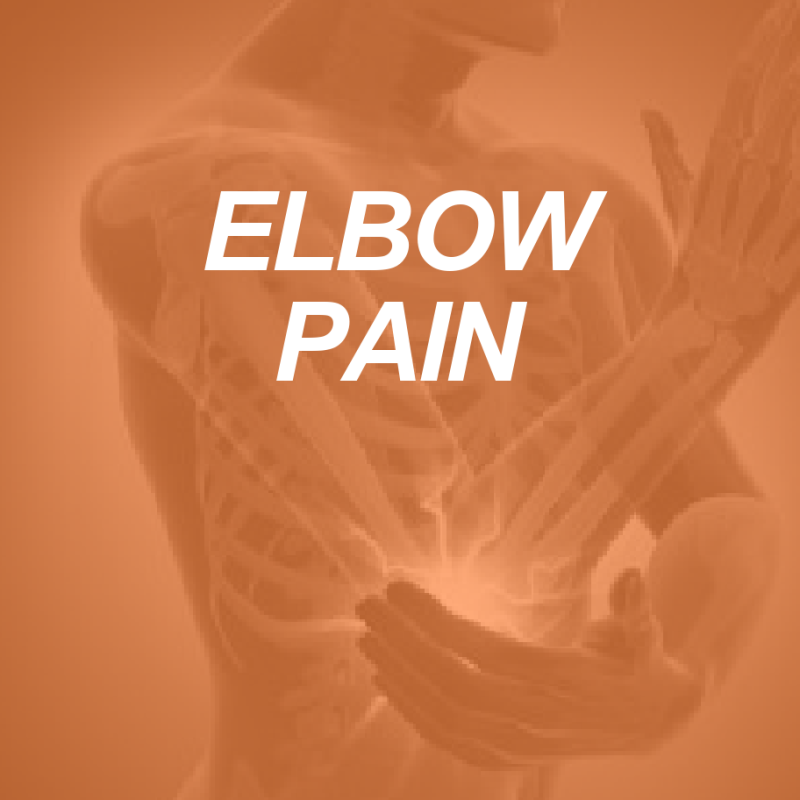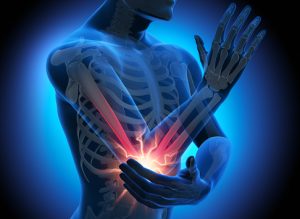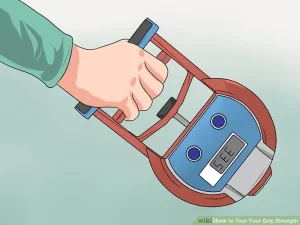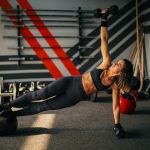
Elbow pain and tendonitis occur more often for certain activities and occupations than for our general population.
Hinging incidences are much higher for clients who play racket sports, golf, throw, or row with high training volume. Manual laborers, butchers, and painters, plus some elders who care for young children are also at higher risk than those in the general population.
And, as the long radial nerve system extends from one’s cervical vertebrae past the elbow’s “funny bone” to our fingers, repetitive stress ailments (carpal tunnel syndrome) from keyboard action may also cause elbow discomfort and chronic “referred” pains.
- One report1 documented that 20% to 50% of adult tennis players may experience episodic or chronic pain in the elbow region above their dominant hand.

When Tennis Elbow, or lateral epicondylitis, is diagnosed, inflammation, pain, and limited range of motion for our uniaxial Elbows may persist for many months. Orthopedists also identify other types of elbow tendonitis, yet lateral epicondylitis (LE) occurs more often.
Increasing pain in the wrist or forearm from making a fist, lifting an item, opening a door, shaking someone’s hand, or gripping an object is a timely call to remedial action. Then, Professional Trainers can assuage concerned clients and/or help them in all recovery stages of Elbow overuse or injury (except surgical intervention.)
Elbow biomechanics, effective exercises, and mental conditioning may help clients avoid these injuries, or to achieve Pre-habilitation and Rehabilitation success.
Elbow Biomechanics
Kinematics–motions of the elbow as a mechanical joint–are the first of three biomechanic considerations for normal elbow function listed in PubMed2.
During some hinging motions, linear or torque forces at the elbow joint can reach several times bodyweight!
Yes, even a “light” tennis racket can damage and inflame elbow tendons with overloaded repetitions. The same is true for CrossFit activities or when competitive athletes lift weights or perform pull-ups repetitively.
The second biomechanic consideration for our elbows is stability. The elbow joint links between the shoulder and wrist to provide notable stability for activities. If that stability is compromised, this vulnerable joint can be injured.
The third biomechanic factor is force transmission for the following hand, forearm, and upper arm motions:
- flexion
- extension
- supination
- pronation.
When life is good, muscles, connective tissues/membranes, and bones in our elbow regions interact in complex ways to help us lift, push, pull, twist, and carry for sports and activities of daily living (ADL). When life isn’t good, the professional trainer can be a keen resource to help a client navigate through painful times and ultimately restore normal activities. As each client with LE is unique, the gentle remedial exercises to strengthen and stabilize the injured area are also unique.
Effective Exercises
Most who have gone to physical therapy for “tennis elbow” inflammation (LE) will be exposed to these five therapeutic aids for gentle remedial motions to strengthen, lengthen, and stabilize:
- Finger flex and extend items
- Resistance bands
- Oscillating bars
- Elbow flex bars
- Light weights with a focus on the eccentric phase of arm exercises.
It’s advisable to reach out to a client’s physical therapy in order to communicate about the treatment approach and how you can bridge your client back into exercise. The key operative is gentle motion! Example: Many repetitions of “wash on/wash off” motions with light resistance bands should assist in alignment stability, muscle strengthening, and reducing inflammation of the radial nerve pathway. A trainer should regularly offer realistic success goals when LE is reported by a client.
Mental Conditioning to Reduce Elbow Pain
When elbow issues or injuries arise, a trainer can sense and respond to help the client reduce her or his pain, restore normal ranges of motion and strength, regain physical functioning like force acceleration, and maintain successful outcomes as mental goals.
It is imperative to gently remind a client that relief from tendonitis usually involves a lengthy remedial campaign!
Of significance: LE treatments of rest, painkillers, steroid injections, or even platelet-rich plasma (PRP) therapy may provide temporary pain relief but must only be used as part of a larger treatment plan. Case in point: It is an ironic finding that rehabilitation may be slowed by a client’s ingestion of NSAIDs; often the dulling of pain allows reinjury to occur!
Primary care management of tendinopathies aims at decreasing stress and increasing the strength of the injured tendon3. The importance of relieving mental stress in painful times is underscored.

One experiential benchmark from this author: If a client’s (or your) measured (isometric) grip strength is unilaterally “weak” due to apparent tendonitis, it is likely a good time to seek medical screening and attention. Subjectively, a 10-15% lower grip strength for one side can be considered weak4
Summary
It is far from unusual for our active clients to experience episodic or chronic elbow problems such as lateral epicondylitis (LE). A Trainer can/should be a valuable resource to boost a client’s prospects for full returns to ADL. These professional boosts are both physical and mental by nature to help clients on their recovery journeys from LE limits and pain.
Learn more in our Functional Training Specialist as a part of our Continuing Education Course Series.

References
- Javed, Mustafa et al. “Elbow pain: a guide to assessment and management in primary care.” The British journal of general practice: the journal of the Royal College of General Practitioners vol. 65,640 (2015): 610-2. doi:10.3399/bjgp15X687625
- Werner FW, An KN. Biomechanics of the elbow and forearm. Hand Clin. 1994 Aug;10(3):357-73. PMID: 7962143.
- Fornalski S, Gupta R, Lee TQ. Anatomy and biomechanics of the elbow joint. Tech Hand Up Extrem Surg. 2003 Dec;7(4):168-78. doi: 10.1097/00130911-200312000-00008. PMID: 16518218.
- Chourasia, Amrish O et al. “Effect of lateral epicondylosis on grip force development.” Journal of hand therapy: official journal of the American Society of Hand Therapists vol. 25,1 (2012): 27-36; quiz 37. doi:10.1016/j.jht.2011.09.003






